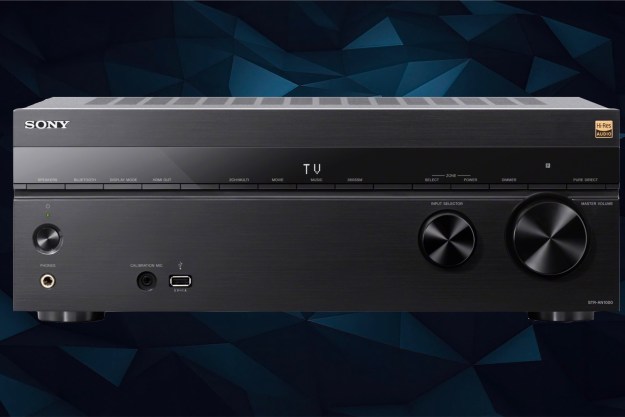
Sony is bolstering its home entertainment lineup with a number of new component releases, including new networkable Bravia HDTVs and new Blu-ray players that come with wireless technology for tapping into BD Live content.
“The demands of today’s home theater go beyond pristine picture quality and our new Blu-ray Disc product line offers a breadth of technologies that deliver an amazing entertainment experience,” said Sony Electronic home products marketing VP Chris Fawcett, in a statement. “Consumers don’t want a living room cluttered with wires and the new Blu-ray Disc product lineup breaks down the wired barriers of the past.”
The BDP-S560 features integrated 802.11a/b/g/n Wi-Fi connectivity to attaching to a home network and accessing BD Live content without the hassle of running a wired Ethernet network—and, of course, firmware updates to keep the device up to date. The S560 supports Sony’s Wi-Fi Protected Setup for easy connections to wireless routers, and the player can connect to other DNLA-compliant devices throughout a network to share photos. The S560 offers HDMI output, Ethernet (just in case), a front-panel USB port for connecting cameras and camcorders, high-definition upscaling for standard definition content, Sony’s Precision Drive technology for stabilizing the disc during playback, and support for 7.1 surround sound—including Dolby TrueHD, Dolby Digital Plus, DTS-HD High Resolution Audio, and DTS-HD Master Audio decoding. The BDP-S360 is basically the same beast as the S560, minus the Wi-Fi. Expect to see both players in May for $350 and $300, respectively.
Sony has also launched two Blu-ray home theather systems—the BDV-E300 and BDV-E500W—that offer BD Live support and 7.1 surround support. The BDV-E500W includqes S-AIR support, meaning the system can support wireless speakers up to 164 feet away, or up to 10 S-AIR audio station devices (available separately) throughout a home. Both systems also include Sony’s Digital Media Port for supporting iPods, Walkmans, and other devices—expect to see them in June for $600 and $800, respectively.
Sony has also added networkable Bravia HDTVs to its lineup, the 52-inch Bravia KDL-52W5100, the 46-inch Bravia KDL-46W5100, and 40-inch Bravia KDL-40W5100. The units each feature Ethernet connectivity for tapping into Sony Bravia Internet Video content via an existing in-home broadband connection, and the units also feature Bravia Internet Widget, based on the Yahoo Widget Engine, to enable users to tap into news and content, as wellas services like Flickr. Each set features Sony’s Bravia Engine 3, 120 Hz refresh, plus 4 HDMI inputs and PC, component, and S-video inputs. Sony says the new networkable Bravias HDTVs will be available this spring, but hasn’t announced a firm date or pricing information.
Editors' Recommendations
- Sony’s best soundbars are reborn as the Bravia Theater Bar 8, Bar 9, and Quad
- The best Blu-ray players for 2024
- You Asked: tone mapping, bad Blu-ray players, mini-LED vs. microLED, and TCL X955
- Sony’s Bravia Core gets a new name, and new PS4/PS5 apps
- Niche Canadian company takes on Sony with new wireless earbuds and headphones


